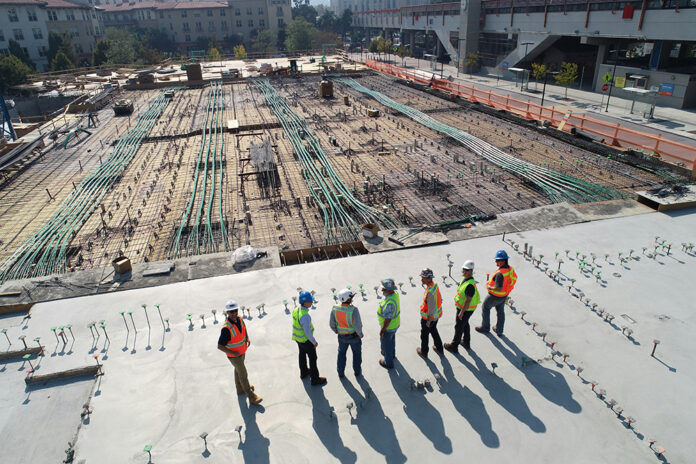In the realm of public finance, governments employ various types of budgets to effectively manage resources, plan for the future, and respond to dynamic circumstances. Three key types of budgets—appropriation budgets, capital budgets, and flexible budgets—each serve distinct purposes, enabling governments to fulfill their wide-ranging responsibilities.
Appropriation Budgets: Funding Daily Operations
An appropriation budget is the cornerstone of governmental financial planning, focusing on the allocation of resources for the government’s daily operations over a specific period, typically one fiscal year. This budget type delineates expected expenses for essential services such as public safety, education, and healthcare.
A city’s appropriation budget might allocate funds for the salaries of police officers and healthcare workers, ensuring that these critical services continue uninterrupted. The budget is typically divided into various categories to provide transparency and accountability, making it easier for stakeholders to track how public funds are being utilized.
Capital Budgets: Investing in Long-Term Growth
Capital budgets are designed to fund long-term investments that extend beyond the fiscal year, often spanning multiple years. These investments usually involve infrastructure projects or the acquisition of capital assets that have a lasting impact on the community.
Consider the example of a capital budget allocated for the construction of a new highway or the purchase of a fleet of electric buses. Such investments require careful planning and significant resources, but they are essential for fostering economic growth and improving the quality of life for residents. By using a separate capital budget, governments can ensure that these large-scale projects are appropriately funded and executed over time, without disrupting the financial planning for daily operations and remain in compliance with any prevailing legal framework.
Flexible Budgets: Adapting to Change
A flexible budget, unlike the relatively rigid appropriation and capital budgets, is designed to adjust to variations in government activity levels. This budget type recognizes that governmental expenses are not always fixed; they can fluctuate based on demand and other factors.
For instance, if a city experiences an unexpected surge in public transportation use due to a major event, a flexible budget would allow the city to allocate additional resources to accommodate the increased demand. This adaptability is crucial for maintaining service levels and addressing unforeseen challenges without compromising financial stability.
Conclusion
The necessity of using more than one type of budget stems from the diverse and complex nature of governmental responsibilities. Appropriation budgets ensure that day-to-day operations are funded and managed effectively, while capital budgets provide the means for strategic, long-term investments. Flexible budgets, meanwhile, offer the agility needed to respond to changing circumstances and emerging needs.
By employing a combination of these budget types, governments can plan and manage their financial affairs more comprehensively. Each budget serves its unique purpose, contributing to the overall fiscal health and operational effectiveness of the government. This multifaceted approach not only enhances transparency and accountability but also allows for more nuanced financial management that can better serve the community.


